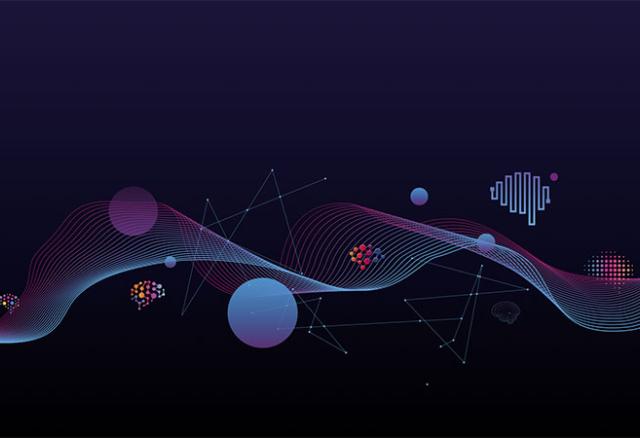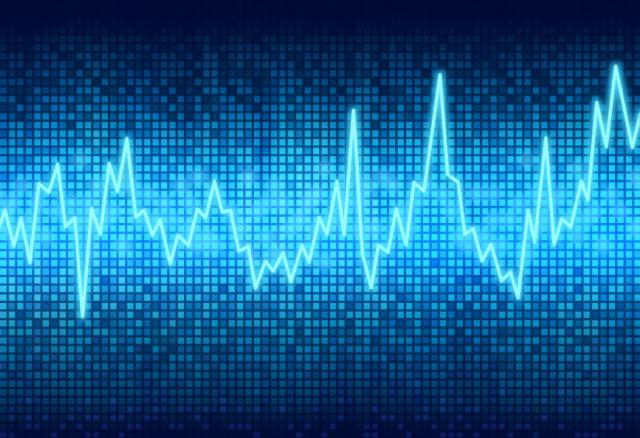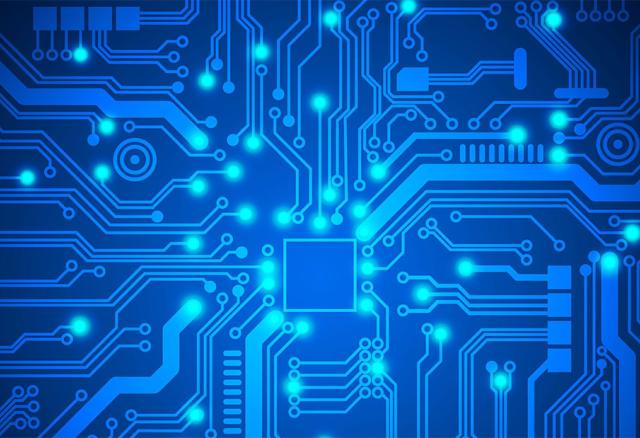Discriminative and Generative Learning for the Linear Estimation of Random Signals
Inference tasks in signal processing are often characterized by the availability of reliable statistical modeling with some missing instance-specific parameters. One conventional approach uses data to estimate these missing parameters and then infers based on the estimated model. Alternatively, data can also be leveraged to directly learn the inference mapping end to end. These approaches for combining partially known statistical models and data in inference are related to the notions of generative and discriminative models used in the machine learning literature [1] , [2] , typically considered in the context of classifiers.







